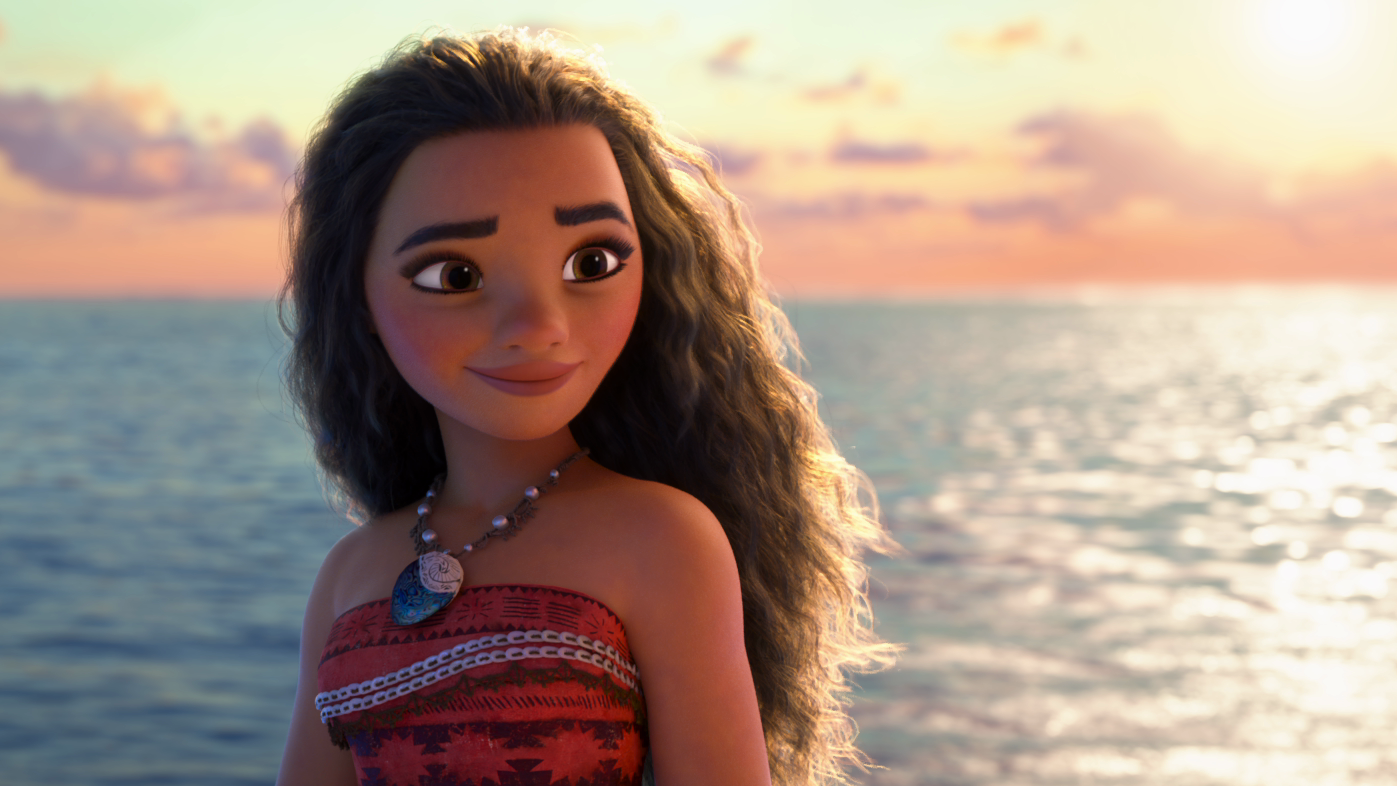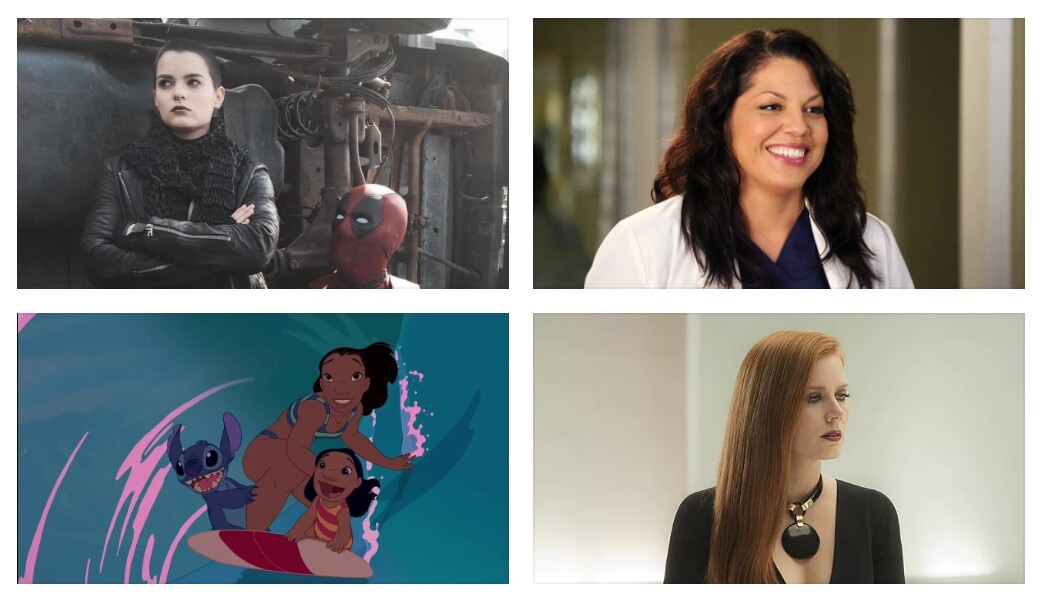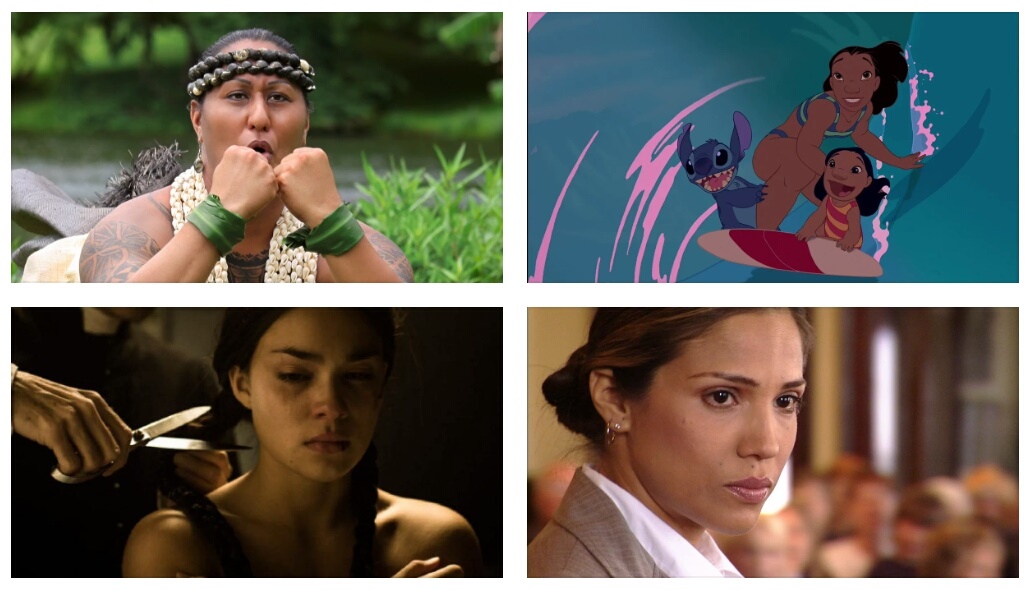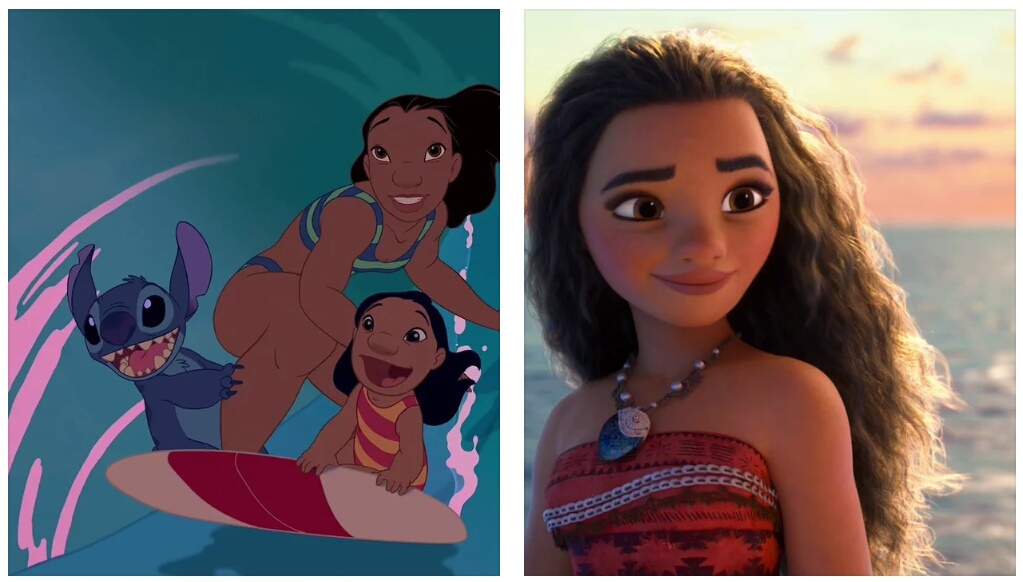10) How I Met Your Misogyny by Lady T
“Tonight, How I Met Your Mother will end its nine-year run with a one-hour season finale. A show that spawned countless catchphrases and running gags, How I Met Your Mother will be remembered for its nonlinear storytelling and its portrayals of romance and friendship.
“It will also be remembered as one of the most misogynistic sitcoms on TV.”
9) Nine Pretty Great Lesbian Vampire Movies by Sara Century
“Almost unfailingly exploitative in its portrayal of queer women, this specific sub-genre of film stands alone in a few ways, not the least of which being that the vampires, while murderous and ultimately doomed, are powerful, lonely women, often living their lives outside of society’s rules. And I love everything about that… except the part where they’re all mass murderers. When there is so little representation of powerful queer women in film, it becomes difficult to fully dismiss the few that exist, even if they are ultimately negative or problematic.”
8) Rabbit-Proof Fence: Racism, Kidnapping, and Forced Education Down Under by Amanda Morris
Rabbit-Proof Fence (2002), directed by Phillip Noyce, is a powerful and assertive film version of this tragedy. Based on three real-life Indigenous survivors of this era, known collectively as the Stolen Generation, the film is set in 1931 and tells the story of three young girls who were kidnapped on the government’s authority, forced into an “aboriginal integration” program 1,200 miles from home, and who are determined to run away and make it home on their own by following the fence. Unfortunately, the school’s director hunts them with the veracity of an early 1800’s US slavemaster. He is relentless and determined, but the girls are as well.”
7) 13 Disappointing Things about Grace and Frankie by Robin Hitchcock
“Grace and Frankie stars Jane Fonda and Lily Tomlin as the title characters, whose husbands Robert and Sol (Martin Sheen and Sam Waterston) leave them for each other after admitting to a 20-years-running affair. Grace and Frankie move into the beach house the couples shared and forge an unlikely friendship while navigating the single life for septuagenarians. The show has its charms, such that I might have watched the entire season without journalistic integrity as a motivation, but ‘Grace and Frankie’ let me down in a lot of ways.”
6) The Women of Deadpool by Amanda Rodriguez
“The newly released Marvel “superhero” movie Deadpool is more of a self-aware, raunchy antihero flick that solidly earns its R rating with graphic violence, lots of dick jokes, and a sex scene montage. It mocks the conventions of the genre while still giving us its warped version of a superhero origin story, a tragic love story, and a revenge story. Basically, it’s a good time. While Deadpool is entertaining, self-referential, self-effacing, and full of pop culture references, how does it measure up with its depiction of its female characters? The movie sadly does not pass the Bechdel Test. However, there are four prominent female characters worth further investigation.”
5) Stoker: The Creepiest Coming-of-Age Tale I’ve Ever Seen by Stephanie Rogers
“Its genre-mixing, unpredictability, and innovative storytelling, particularly with how it illustrates the hereditary aspect of mental illness, works incredibly well. […]
“Seriously though, what the hell did I just watch? One could categorize Stoker as any of the following: a coming-of-age tale, a crime thriller, a sexual assault revenge fantasy, a love story, a murder mystery, a slasher film, a romantic comedy (I’m hilarious), or even an allegory about the dangers of bullying, parental neglect, or keeping family secrets. Throw a recurring spider in there, some shoes, a bunch of random objects shaped like balls, along with a hint of incest, some on-screen masturbation, imagined orgasmic piano duets, and a handful of scenes that rip off Hitchcock so hard that Hitchcock could’ve directed it (see Shadow of Doubt), and you’ll have yourself a nice little freakshow!”
4) Wentworth Makes Orange Is the New Black Look Like a Middle School Melodrama by Amanda Rodriguez
“Wentworth is an Australian women’s prison drama that is much grittier, darker, more brutal and realistic than Netflix’s Orange Is the New Black could ever hope to be. This bleak realism also makes Wentworth‘s well-developed characters and situations much more compelling than its fluffier American counterpart. Don’t get me wrong; I really enjoyed Orange Is the New Black. The stories of incarcerated women are always important because they are a particularly marginalized and silenced group. […]
“Though OITNB and Wentworth deal with similar themes, Wentworth (based on an Aussie soap opera from the 70’s and 80’s called Prisoner) takes a no-holds-barred approach to subjects like officer sexual exploitation of prisoners, turf wars and hierarchy, sexuality, the inmate code of silence, gang beatings, gang rapes, prison riots, and the brutality of the crimes that landed these women behind bars.”
3) The Virgin Suicides: Striking Similarities Between the Lisbon and Romanov Sisters by Isabella Garcia
“Two sets of sisters, different in circumstance but alike in experience: the four Romanov Grand Duchesses of Russia and the four Lisbon sisters from 1970s Michigan in The Virgin Suicides. […] Clear links between the two sets can be drawn, but ultimately reveal that in both situations, living in a gilded cage only leaves behind a haunting memory.
“[…] While the Romanov sisters were continually in the limelight, the Lisbon sisters in The Virgin Suicides were under the watch of the neighborhood boys’ eyes. Seen as unattainable and ethereal in their white peasant dresses, much like those that the Romanov princesses wore, the boys fell for them.”
2) Bob’s Burgers: The Uniquely Lovable Tina Belcher by Max Thornton
“Delightful Tina. Shy, painfully weird, butt-obsessed, quietly dorky, intensely daydreamy Tina. Tina is a little bit like all of us (and–cough–a lot like some of us) at that most graceless, transitional, intrinsically unhappy stage of life that is early adolescence. She is also a wonderfully rich and well-developed character, both in her interactions with her family and in her own right, and she’s arguably the emotional core of the whole show.”
1) Lilo & Stitch, Moana, and Disney’s Representation of Indigenous Peoples by Emma Casley
“…The 2002 film Lilo & Stitch features sisters Lilo and Nani, who are of Indigenous Hawaiian descent as two of the central characters. Looking at Lilo & Stitch can provide a valuable lens in which to analyze the upcoming Moana, as well as other mainstream films attempting to represent Indigenous cultures.
“Lilo & Stitch has been heralded as a film that avoids many of the harmful stereotypes of Polynesian culture that so many other white-produced works perpetuate. However, it is also worth considering how Lilo & Stitch as a film exists in the world, beyond the content of its storyline. Regardless of its individual merits, Lilo & Stitch is a money-making endeavor to benefit the Disney Company, which has not always had the best relationship (to say the least) with representing Indigenous cultures or respecting Indigenous peoples.”




























